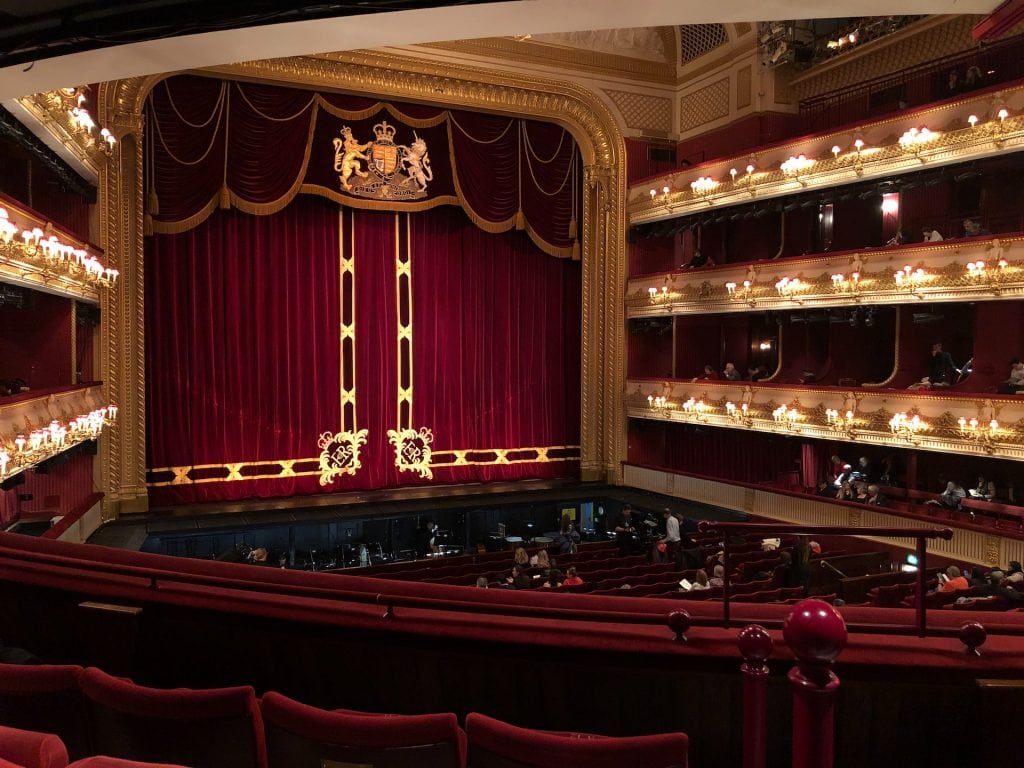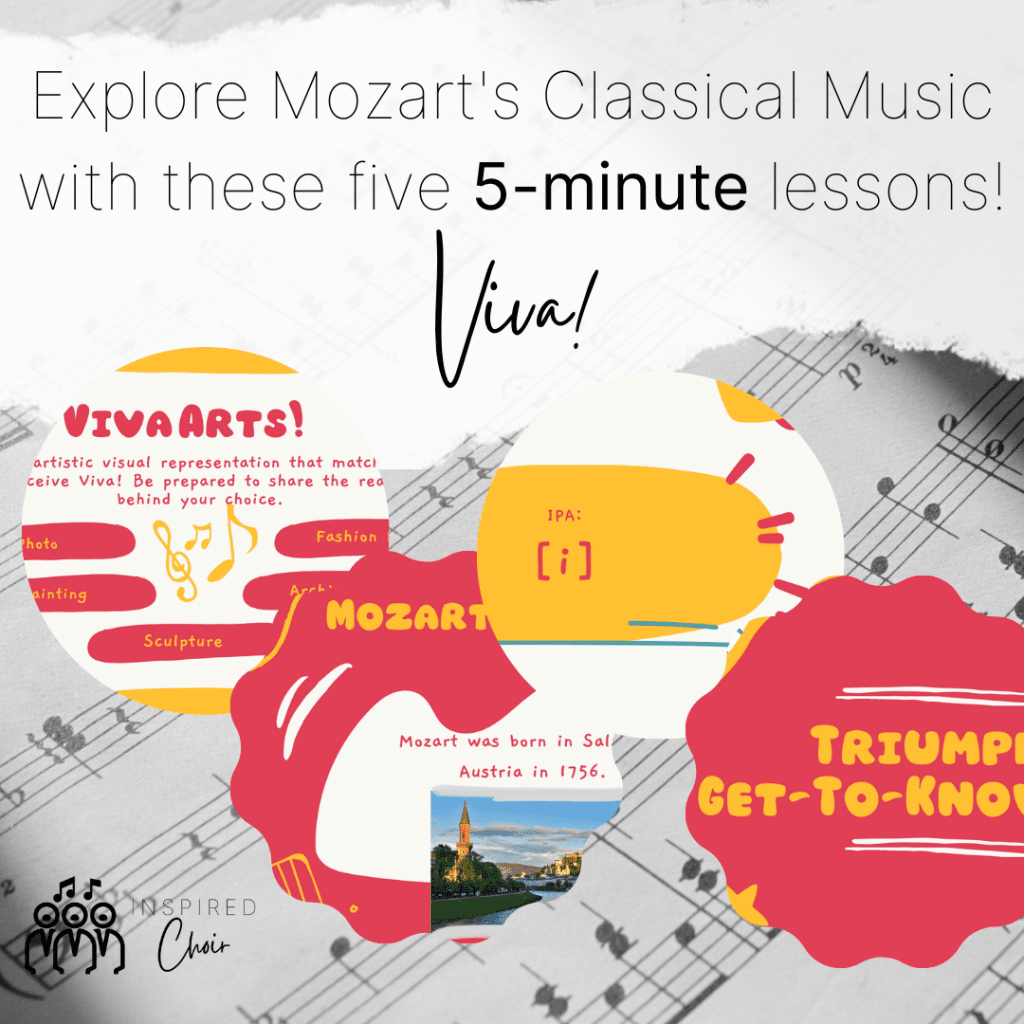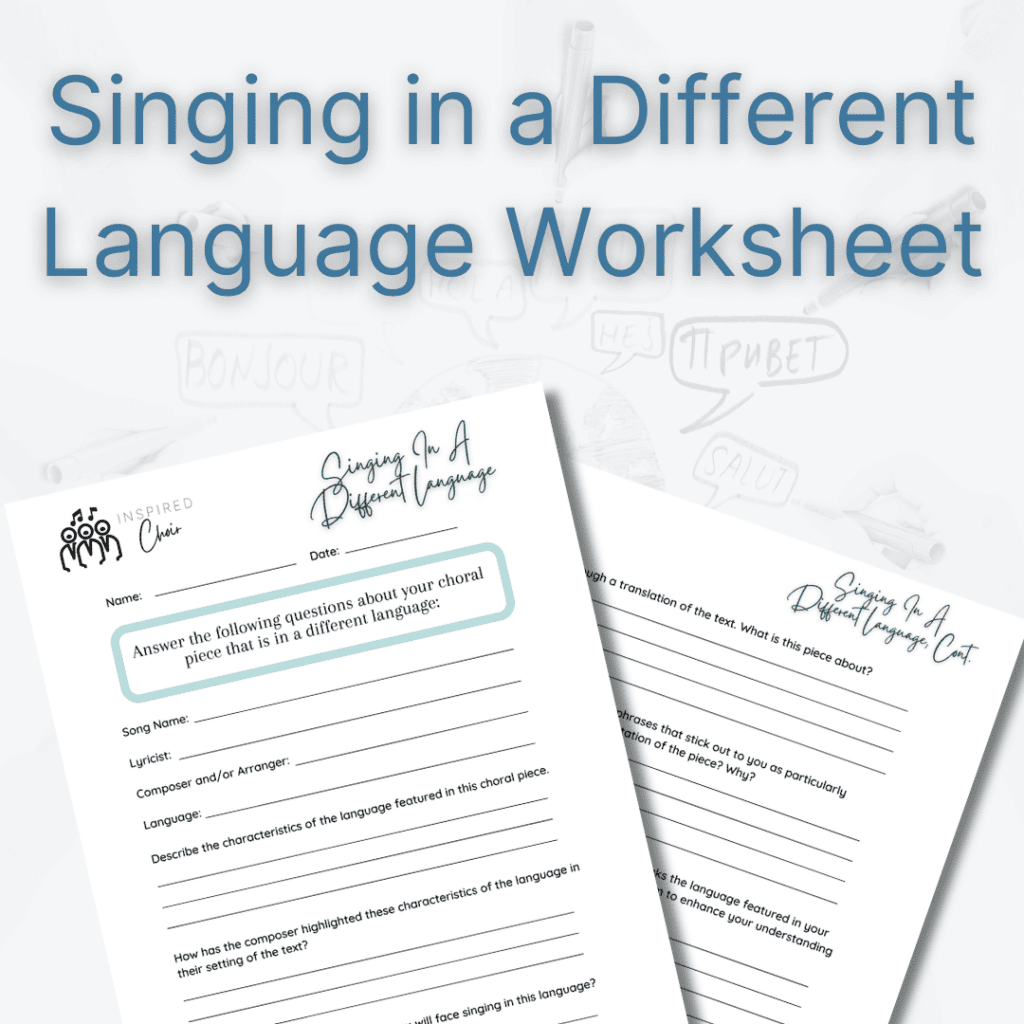Celebrate Mozart with Patrick M. Liebergen’s arrangement of Viva! from Il Re Pastore
Every once in a while you have to insert a Classical “bop” into your program. For me, Mozart’s Viva! from Il re pastore (recording linked here) is just that.
This fall, I will be conducting the Arkansas Choral Director’s Association Region One Junior High Tenor/Bass ensemble, and Viva! as arranged by Patrick M. Liebergen will be one of their four pieces. (Reena Esmail’s TaReKiTa, which I wrote about here, and Pinkzebra’s Fly Away Home, linked here, will also be featured on this program).
Below is quite a bit of contextual information that I think will help the TB ensemble share a well-informed performance. Topics for this post include:
- An Introduction to Mozart
- All About Il Re Pastore
- Historical Context of Viva!
- Tips and Tricks for Singing in Italian
- Liebergen’s Arrangement
- Viva! Teacher Resources
- …and so much more!

Some of the links below are affiliate links. This means that, at zero additional cost to you, I will earn an affiliate commission if you click through the link and finalize a purchase.
Viva!: A Celebration
When I design a program, I try to make sure there is a little bit of something for everyone. I want singers and audiences to be able to see something of themselves throughout the program, and also something new or exciting or unknown.
Viva! provides a window into music of the Classical period, with Italian language, Austrian connections, and celebratory energy throughout. This piece appeals to the singer or audience member who enjoys a traditional piece, while also introducing foundations of choral music to those who typically prefer contemporary choral music.
An Introduction to Mozart
Mozart is one of those musical names that we just know. We might have learned when we were very young that Mozart was a prodigy – playing piano and violin, composing, and touring Europe and impressing royalty from the age of five. Perhaps we remember that he came from a musical family: his father and sister, Nanerl, were both talented musicians as well (there are many great books about Nanerl, including this excellent children’s book). Maybe we remember that he composed over 800 works in every possible style in his short 35-year life.
Knowing about a composer, their style, and the context of their life and compositions can help us make informed musical decisions as we study and perform a work. For example:
- Knowing that Mozart was born in Salzburg and travelled to Italy three times as a young boy (once for two years and twice for 5 months each) can help us understand his use of the Italian language, story, and compositional style. Mozart was a wiz at imitating other composers and musics, so his many travels allowed him the opportunity to compose with styles from around Europe. We see that in this piece with his simple and light approach, emphasis on tonic, dominant, and subdominant, and symmetrical phrases.
- Mozart was employed as a court musician in Salzburg from 1773 to 1777. This helps us understand who Mozart was composing for, and allows us to consider what the first performance of Il Re Pastore might have been like in the Knight’s Hall of the Archbishop’s Residence Theater. (Imagine having a theater in your house…)
- The composer was only nineteen years old when he composed Il Re Pastore, but had been traveling the world learning, composing, and performing for fifteen years by 1775. This helps us understand how he could so quickly compose such a large and significant work as a young man.
What other elements of Mozarts life might have effected the way he approached composing Viva!? Let me know your thoughts in the comments below!

The Opera: Il Re Pastore
Viva! comes from the opera Il re pastore (The Shepherd King), which Mozart composed in 1775. At the time, Mozart was working for the Salzburg court, and was asked to create the piece for Archduke Maximilian Francis’s visit. Using an Italian libretto (text for a large musical work like an opera or musical), Mozart composed the 107 minute work in just six weeks.
Il re pastore is classified as an opera seria, a dramatic, noble, and serious style of Italian opera that was popular in Europe during Mozart’s lifetime. In the story, the shepherd Aminta finds out that he is the heir to the kingdom of Sidon. Although he is in love with Elisa, his advisor wants him to marry another woman for the good of the crown. The “serious” debate throughout the work stems from the question do royal duties take precedence over love?
Viva! is the final song of the whole opera, sung by the full ensemble as they celebrate Aminta taking his rightful throne and (spoiler alert) ending up with the woman he loves. The piece was originally written for five voices (it was a small ensemble for a small performance venue), oboes, trumpets, strings, and continuo (an accompanying part played on a keyboard instrument and often with instruments like the cello or lute – common in baroque music). Although Liebergen’s arrangement is for 3 or 4 voice parts and piano, it is important to carry through the celebratory and triumphant sound of five opera singers and all the instruments mentioned above.

The Historical Context of Viva!
What was going on in the world when Mozart composed this work in 1775? How does Viva! fit into this historical context? A few events of significance in 1775:
- The American Revolutionary War began and George Washington was appointed commander-in-chief
- James Watt built the prototype for a steam engine successfully
- Catherine the Great of Russian issued a manifesto prohibiting freed serfs from being forced back into serfdom
- Gustav III of Sweden founded the city of Kuopio, Finland
- The Calcutta Theatre is established
- English novelist Jane Austen is born
The bold and celebratory nature of Viva! along with the serious story and message of Il Re Pastore (discussed below) reflect the exploration, exploitation, ingenuity, and discovery of the time period.
Mozart’s work falls within the Classical period of music, which lasted from about 1730 to about 1820. Hallmarks of music from the Classical period include clarity, balance, and transparency. In line with the Classical style, Mozart emphasized simplicity, tonal harmony, and simple melodies. Additionally, Viva’s source material is rooted in the fictional Classical Greek story of Alexander the Great helping along the main character, Aminta. Finding inspiration from Classical Greek works was a go-to move for Classical composers.

Singing in Italian: Tips and Tricks
Although Mozart was Austrian and primarily spoke German, he spoke Italian, Latin, and French quite well, with some reports of him speaking up to fifteen different languages. In 1775, many composers felt that serious opera (and remember this was “opera seria”) ought to be composed in the more poetic language of Italian. Although in later operas, Mozart utilized German texts, for Il re pastore, he stuck to this rule.
A few tips for singing the Italian in Viva!:
- Italian uses “pure” vowels, meaning there are no mixtures of vowels. This is great for singing:
- [i] sounds like eeee as in “me”
- [a] sounds like a bright ah as in “father”
- [o] sounds like a dark oh as in “no”
- [u] sounds like oooh as in “you”
- [e] sounds like a bright “ay” without the y sound as in “mail”
- Sometimes when there are two vowels in a row or when a vowel is before two consonants, there are some rules to follow (that you can find at this link) – but luckily we only need to know three of these rules:
- “ie in “Cielo” sounds like “eh” as in bed [E]
- “iú” in “piú” has a glide sound [ju] and sounds like “pew” (or a laser sound)
- the “o” in “nostro” sounds like “aw” [ɔ] as in “bought”
- Consonants generally sound how you would expect, with two exceptions in this piece
- “c” followed by [i] or [e] sounds like ch [tʃ] as in “cheese”
- In Italian when you see two of the same consonant in a row, this is called a double consonant. For example, invitto has double t’s. Articulate the consonant for longer than you normally would.
Arranging Viva!
Although this piece was written by Mozart, it was arranged by Patrick M. Liebergen. What does it mean to arrange a piece of choral music?
As I mentioned above, this piece was originally written for five opera singers, oboes, trumpets, strings, and continuo. In 1775, composers used different clefs and often did not include tempo instructions or dynamic indications. Liebergen’s job, then, when he sat down to create the choral arrangement of this piece was to:
- Choose a key (or keys) that would work for most choirs
- Decide which voice part sings which opera singer’s line
- Determine tempo, dynamics, and expression marking
- Condense the oboe, trumpet, strings, and continuo parts to one piano accompaniment line
- Research the piece, it’s history, and context (see pg. 2 of the octavo)
- Translate the piece and provide an English options (although I highly suggest you stick to the Italian – it’s really quite accessible)
Liebergen is known for his choral arrangements of works from composers from a variety of time periods including Mozart, di Lasso, Schubert, Handel, and more. His arranging makes perhaps inaccessible music from musical periods like the Renaissance, Baroque, Classical, and Romantic periods accessible to choirs of all ages and abilities.

Complimentary Pieces
Want to listen to other pieces like Viva!? Or planning a concert and need some programming ideas? Here are a few complementary pieces!
Enjoying Mozart’s Choral Works?
- Dies Irae from Mozart’s “Requiem” is a nice dark contrast to the joyful and triumphant sound of Viva! Perform the original arrangement or Liebergen’s more accessible arrangement for SATB, SAB, SSAA, or TTBB with piano.
- Doreen Rao’s arrangement of the Papageno Papagena Duet for two-part voices is an excellent introduction to The Magic Flute for young singers.
- A non-traditional Mozart option: Gilpin’s SATB a cappella arrangement of Mozart’s Turkish March for Voices.
Other TTB pieces I’ve paired with Viva! for the upcoming Honor’s Choir:
- Reena Esmail’s TāReKiTa
- Pink Zebra’s Fly Away Home
- Selections from The Justice Choir Songbook
- Check out the Full “Ascend” Program Here
I’d Love to Hear from You!
Have you sung or conducted Viva! with your choir? What musical decisions did you make informed by your knowledge of Mozart and his work? What historical connections did you draw to the work? How did your pronunciation of the Italian go? Let me know in the comments below!
Viva! Teacher Resources
Free Comprehension Worksheets
Choir Leaders! I have begun to include short comprehension worksheets with each Inspired Choir blog post. Each worksheet includes 5-6 knowledge-based questions about the post and concludes with a musical decisions/applications question. Use as a homework assignment, sub activity, listening challenge, or guide for conversation in class. Fill in the form below to receive a link immediately to all “Elements” and “Ascend” Reading Comprehension Worksheets.
Viva! Lesson Plan Bundle
Check out the Inspired Choir Shop for the Viva! Lesson Plan Bundle. This bundle includes the following five minute lesson plans, all with connections to National Standards and SEL Competencies:
- Mozart and Salzburg Lesson
- Il re pastore Listening Assignment
- International Phonetic Alphabet Flashcards
- Viva! Interdisciplinary Arts Project
- Triumphs Get-To-Know-You Prompts

Singing in A Different Language Worksheet
Check out the Inspired Choir Shop for the Singing in A Different Language Worksheet. Utilizing this worksheet, singers will:
- Examine the characteristics of the language in which they are singing
- Consider the ways in which the composer has highlighted the language in their work
- Anticipate challenges of singing in the language
- Interpret the meaning of their piece
- Prepare their score with the appropriate annotations


















